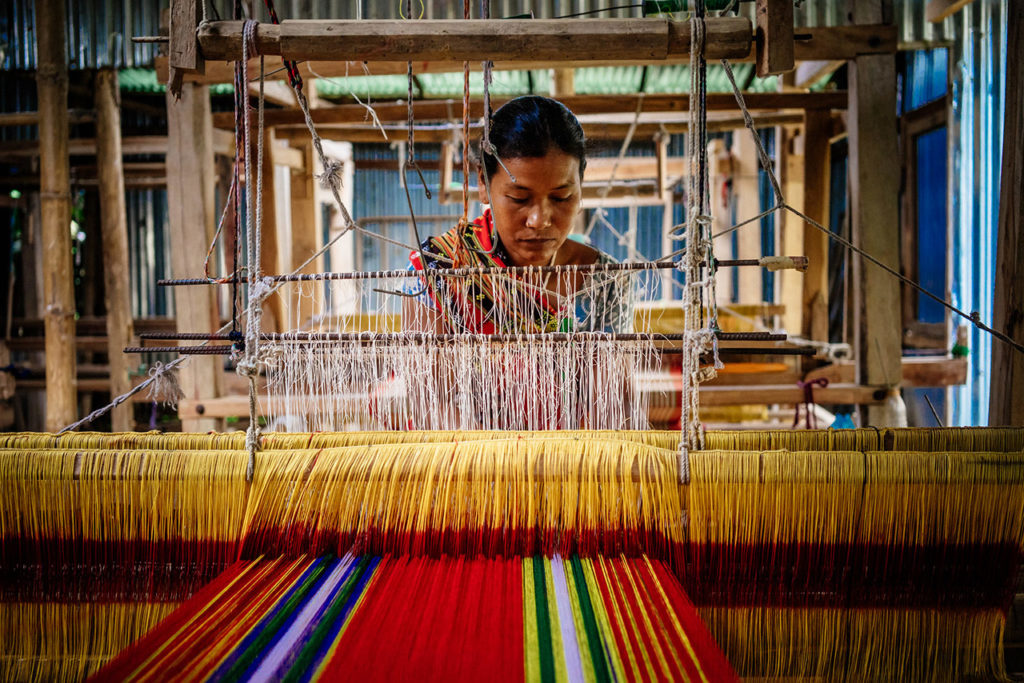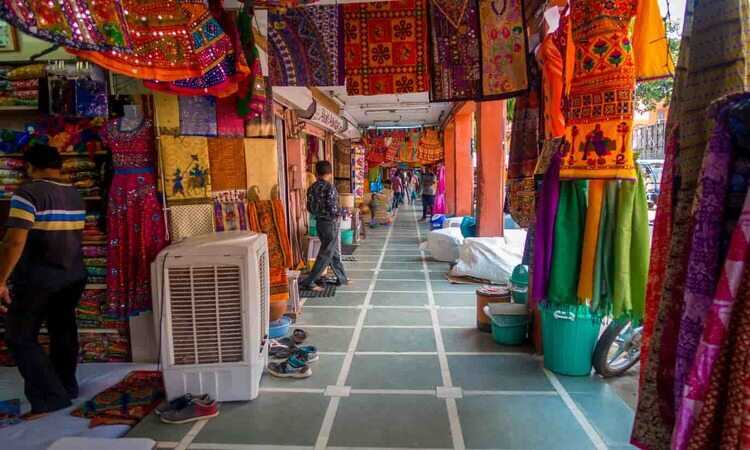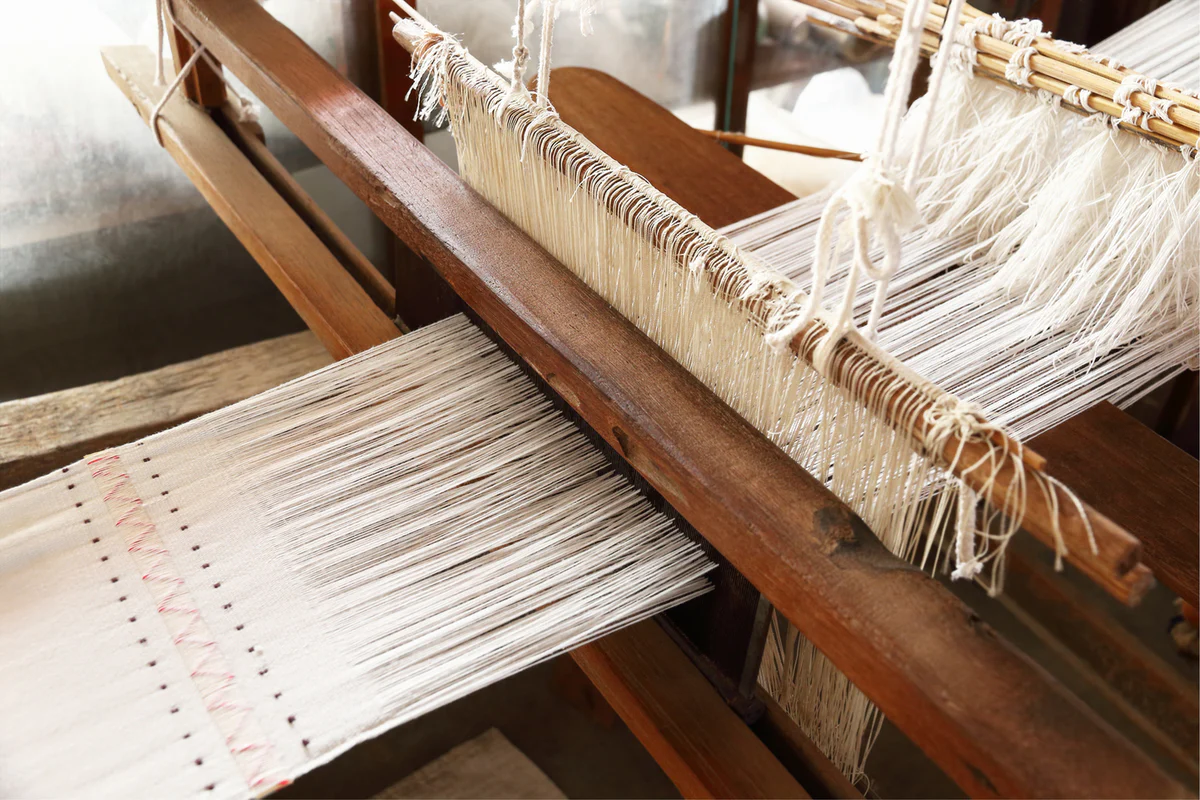In an age where fast fashion dominates the industry, there is a remarkable resurgence of handloom fabrics in modern fashion. This revival is driven by a growing appreciation for sustainable practices, traditional craftsmanship, and unique, high-quality textiles. Handloom fabrics, known for their intricate designs and cultural significance, are making a comeback, appealing to both designers and consumers alike. This blog explores the factors behind this resurgence and its impact on the fashion industry.

The Charm of Handloom Fabrics
Handloom fabrics are made using manually operated looms, a method that has been practiced for centuries. Each piece is a work of art, reflecting the skill and creativity of the weaver. These fabrics are distinguished by their texture, durability, and the unique patterns that cannot be replicated by machines.
- Sustainability
Handloom fabrics are inherently sustainable. They use natural fibers like cotton, silk, and wool, which are biodegradable and have a lower environmental impact compared to synthetic materials. The production process is energy-efficient and generates minimal waste, making handloom an eco-friendly alternative to mass-produced textiles. - Cultural Heritage
Handloom fabrics are deeply rooted in cultural traditions. Each region in India has its distinctive weaving techniques, motifs, and patterns, representing the rich heritage of the area. This cultural significance adds value to handloom products, making them highly coveted in the fashion world. - Quality and Uniqueness
The meticulous process of hand-weaving ensures high-quality fabrics. The attention to detail and the manual craftsmanship involved result in textiles that are unique and superior in quality. This uniqueness is a significant draw for fashion designers who seek to create exclusive and bespoke collections.
For more insights into the need for a marketplace dedicated to textiles, read our blog on Why India needs a marketplace for Textiles.

The Modern Fashion Industry’s Embrace
The modern fashion industry’s embrace of handloom fabrics can be seen on global runways and in everyday fashion. Designers are increasingly incorporating handloom textiles into their collections, blending traditional techniques with contemporary styles.
- Designer Collaborations
Prominent designers are collaborating with local weavers to create stunning collections that highlight the beauty of handloom fabrics. These collaborations bring traditional crafts to the forefront of high fashion, providing a platform for artisans and promoting their work to a broader audience. - Sustainable Fashion Movement
The sustainable fashion movement has played a crucial role in the resurgence of handloom fabrics. As consumers become more conscious of the environmental impact of their clothing choices, there is a growing demand for sustainable and ethically produced garments. Handloom fabrics align perfectly with these values, offering an eco-friendly alternative to fast fashion. - Celebrity Endorsements
Celebrities and influencers are also contributing to the popularity of handloom fabrics by endorsing and wearing handloom garments. Their influence helps raise awareness and appreciation for these traditional textiles, encouraging more people to embrace handloom fashion.

Challenges and Opportunities
While the resurgence of handloom fabrics is promising, there are challenges that need to be addressed to sustain this revival.
- Scaling Up Production
Scaling up the production of handloom fabrics to meet increasing demand while maintaining quality is a significant challenge. Investments in training, infrastructure, and technology can help improve productivity without compromising the traditional essence of handloom weaving. For strategies on expanding textile businesses, visit our blog on How to scale up textile business in India. - Fair Wages and Working Conditions
Ensuring fair wages and good working conditions for weavers is crucial. Many artisans work in challenging environments and are underpaid. Addressing these issues is essential for the sustainable growth of the handloom industry. - Market Access
Creating better market access for handloom products, both domestically and internationally, can help sustain the industry. E-commerce platforms and dedicated marketplaces for handloom textiles can bridge the gap between weavers and consumers, enhancing visibility and sales.
To learn more about the rich heritage of Indian textiles, read our blog on Textiles of India: Stories Behind Various Textiles.
Conclusion
The resurgence of handloom fabrics in modern fashion is a testament to the enduring appeal of traditional craftsmanship and sustainable practices. As the fashion industry continues to evolve, handloom textiles offer a unique blend of heritage, quality, and sustainability that resonates with contemporary values.
For high-quality handloom fabrics and comprehensive sourcing solutions, visit locofast.com. Locofast is dedicated to providing sustainable and innovative textile solutions that meet the highest standards of quality. Explore their website to discover how Locofast can support your journey towards a more sustainable and culturally rich fashion industry.
